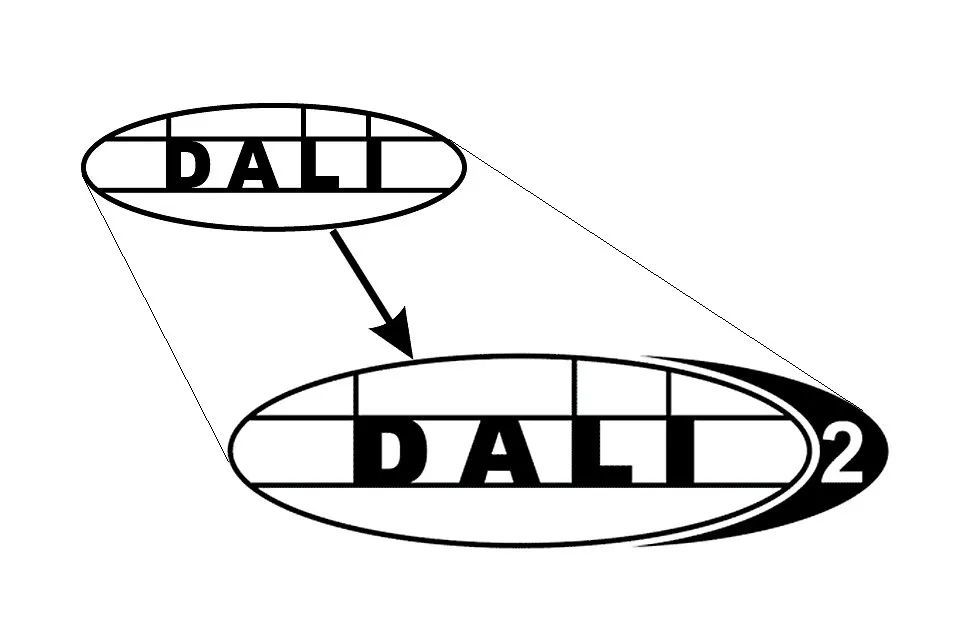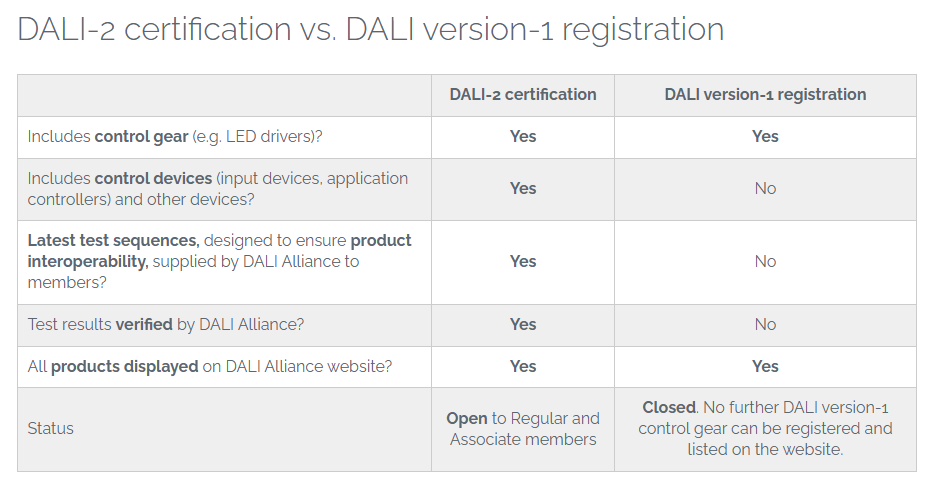Diving Deep: The Key Differences Between DALI Version-1 and DALI-2
2025-04-12

Understanding DALI: A Quick Overview
When it comes to digital lighting control, DALI (Digital Addressable Lighting Interface) has made quite the splash in recent years. Initially developed in the early 2000s, DALI has evolved significantly, leading to the introduction of The main differences between DALI version-1 and DALI-2. This article aims to shed some light on these differences, and why they matter.
What is DALI?
In the simplest terms, DALI is a communication protocol that allows individual control of lighting fixtures. It’s like having a remote control for every light in your home or office! This protocol is especially popular in commercial settings where precise lighting control is crucial.
DALI Version-1: The Pioneer
DALI version-1 laid the groundwork for digital lighting control. It introduced the concept of addressable lighting, where each light fixture could be assigned a unique address. This meant that users could control groups of lights or individual fixtures, making it a game-changer in energy efficiency and user experience.
However, while it turned heads back in the day, DALI version-1 had its limitations. For instance, the communication speed was relatively slow, limiting the number of devices that could be connected. Additionally, it struggled with interoperability, meaning that lights from different manufacturers sometimes didn’t play well together.
DALI-2: The Upgraded Version
Fast forward to today, and we have DALI-2, the much-anticipated upgrade that addresses many of the shortcomings of its predecessor. One of the standout features of DALI-2 is its enhanced communication capabilities. It boasts a faster response time and supports a greater number of devices. Think of it as upgrading from dial-up to fiber-optic internet – it’s that significant!
Moreover, DALI-2 addresses interoperability issues with a standardized testing process for manufacturers. This means that you can mix and match lights from different brands with confidence, leading to a much more cohesive lighting system.

Key Differences: DALI Version-1 and DALI-2
1. Communication Speed
One primary area where DALI-2 shines is in its communication speed. Thanks to improved protocols, data can be transmitted faster, allowing for real-time adjustments to lighting schemes without lag. This is a big deal for environments that require quick changes, like theaters or galleries.
2. Device Capacity
While DALI version-1 supported around 64 devices per network, DALI-2 ramps that up significantly. With DALI-2, you can connect up to 256 devices! This is a boon for larger installations, reducing the need for multiple networks.
3. Interoperability
As mentioned earlier, interoperability is a major win for DALI-2. The new standardization means that devices from different manufacturers can work seamlessly together. This is a game-changer for integrators and end-users alike, providing more flexibility in choosing lighting solutions.
4. Enhanced Features
DALI-2 also introduces advanced features like device management and monitoring capabilities. Users can easily keep track of device status, making troubleshooting a breeze. It’s like having an advanced dashboard for your lighting system!
Conclusion: The Future of Lighting Control
In summary, the transition from DALI version-1到DALI-2 represents a significant leap forward in lighting control technology. With faster communication, increased device capacity, improved interoperability, and enhanced features, DALI-2 is a worthy successor and sets a new standard for the industry.
For anyone looking to optimize their lighting control systems, embracing DALI-2 is not just a good idea—it’s a must. So, whether you’re upgrading an existing setup or starting from scratch, consider the advantages of the latest DALI version. Your lights will thank you!







